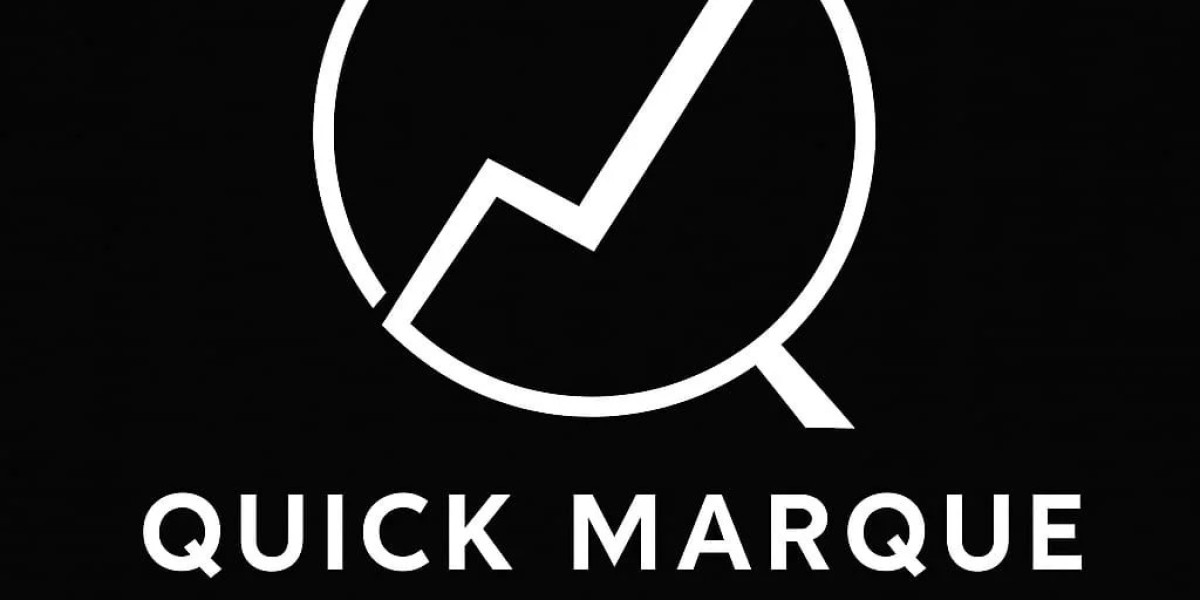When most people think of glass, they imagine windows or drinkware—simple, clear, and fragile. But in the world of advanced materials, special glass is anything but ordinary. Engineered with specific additives, treatments, and properties, special glass serves high-performance roles in electronics, architecture, healthcare, defense, and space technology. It’s a material where function meets form, redefining what glass can achieve in modern industry.
Special glass is not a single product but a broad category of glass types tailored for unique applications. These include borosilicate glass, known for its resistance to thermal shock and chemicals; aluminosilicate glass, used in smartphone screens for its toughness; and optical glass, designed for precision lenses in cameras, microscopes, and telescopes. Each variant is engineered at the molecular level to perform under specific physical or chemical conditions.
One of the most recognized uses of special glass is in consumer electronics. The screens of smartphones, tablets, and smartwatches are typically made from chemically strengthened glass such as Gorilla Glass, which can withstand scratches, drops, and daily wear. This strength is achieved through ion-exchange processes that enhance surface durability without compromising clarity or responsiveness.
In laboratories and pharmaceutical industries, borosilicate glass is the gold standard for test tubes, beakers, and ampoules due to its ability to resist corrosion and extreme temperatures. Unlike soda-lime glass, which can crack or leach ions, borosilicate glass remains stable—ensuring safety and purity in sensitive experiments and medical applications.
Special glass also plays a crucial role in renewable energy and environmental technology. Glass used in solar panels must be both durable and highly transmissive, allowing maximum sunlight to pass through while withstanding wind, dust, and temperature fluctuations. Low-emissivity (Low-E) glass in buildings minimizes heat loss and gain, contributing to energy efficiency and sustainability in modern architecture.
Defense and aerospace sectors rely on bullet-resistant and impact-resistant laminated glass for windows in vehicles, aircraft, and protective enclosures. Optical fiber technology, critical for global communication networks, also depends on high-purity special glass that transmits light signals with minimal loss across vast distances.
Innovation in this field continues to accelerate. Smart glass, which changes transparency in response to light or voltage, is transforming both consumer gadgets and architectural design. Meanwhile, bioactive glass is emerging in the medical field to aid in bone regeneration and wound healing.








